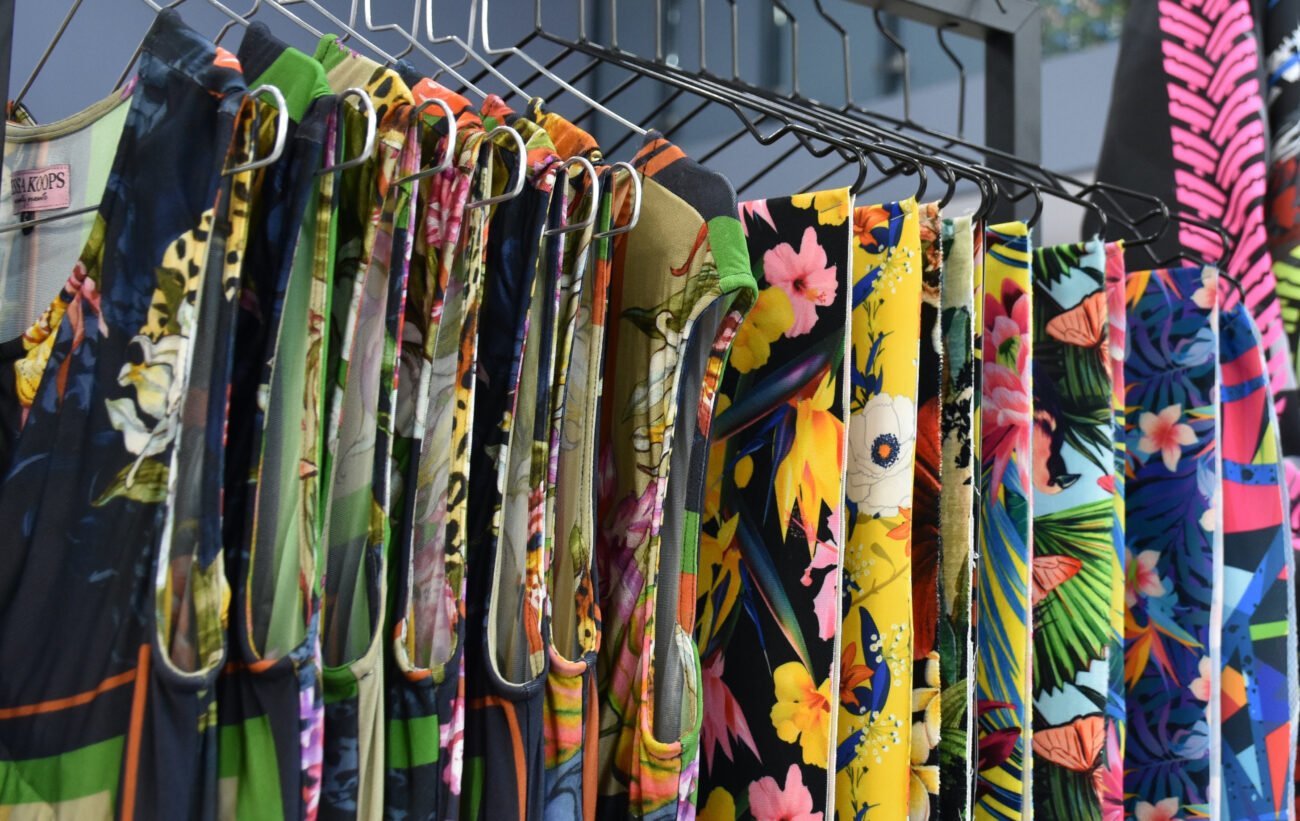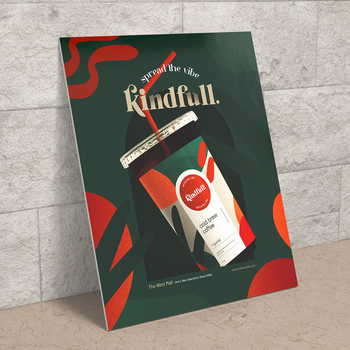| INTRODUCTION TO NEW NORMS |
(c) FESPA
Businesses across different industries are striving not only to reopen but also to grow. Business leaders are leveraging the rescue packages from the Government to restructure themselves with digital conversions and agile organizational structures. They are taking swift actions to get ready for greater resilience and better productivity in a future where the usual business does not exist. Industry leaders are investing in future technologies to automate facilities and physical processes to comply with social distancing norms. Industrial sector is transforming towards centralized and automated non-core tasks as businesses are evaluating and re-aligning service capabilities and network models to adapt with the new normal.
OUTCOMES
The above scenario is from Persistence Market Research (PMR) – a global innovative and specialized publisher of market intelligence reports and consulting services. According to its recent Study of Textile Printing Market, PMR noted that to overcome the impact of disrupted supply chain models, businesses are creating transparent system with help of big data, connected ecosystem and intelligent system. Besides all the organizational level changes, the market players in industrial sector are increasing work safety precautions to fall in line with the social-distancing norms issued by the Government.
TEXTILE PRINTING
(c) FESPA
Application of colouring pattern and design to decorate the finished fabric is referred as printing. At the time of printing, the colour is applied to the fabric so that the colour or design is not affected at the time of washing. Textile printing is a process of applying colour to fabric in definite pattern and design. Textile printing is sometime confused with dyeing. In dyeing whole fabric is uniformly coloured with one colour only, whereas in case of textile printing more than one colour is applied on the fabric to some part in defined pattern. In textile printing, wooden blocks, stencils, engraved plates or rollers are used to apply colour on the fabric. Thick dyes are used at the time printing to prevent the spreading of colour beyond the limit of design.
Main objective of textile printing is to produce fabric with attractive design and defined pattern. On the bases of technology, the global market for textile printing can be bifurcated into direct printing, discharge printing (white and colour discharge) and resist painting (white and colour resist). Other methods of printing include block printing, roller printing, duplex printing, screen printing, stencil printing, transfer printing, blotch printing, jet spray printing, electrostatic printing and digital printing. Digital printing is expected to witness highest growth in the forecasted period.
MARKET SHARE
According to the Persistence Market Research (PMR) Study, Asia Pacific has the largest market share for textile printing, followed by Europe and North America. China and India alone hold the largest market share for textile printing globally. Europe is expected to witness marginal growth in the coming future. Asia-Pacific region is expected to witness highest growth and maintain its dominance in the forecasted period. Domestic demand in India and China are the major region for increasing demand for textile printing technology in the Asia-Pacific region.
WHAT DRIVES TEXTILE MARKET?
Advancement in technology paired with increasing method of printing is driving the global textile printing market. Additionally, with increasing disposable income customers are able to afford designer ware with attractive design on the fabric; this is again driving the global textile printing market. Also, increased demand for digital printing on saris and dress materials is further expected to increase the textile printing technology to some extent.
Get the Free Sample Copy with Impact Analysis of The Market Report from Persistence Market Research Study here > https://bit.ly/2BRxCNz
WHATTHEYTHINK WEBINAR LOOKS AT THE FUTURE OF TEXTILES & APPAREL
The COVID-19 crisis is taking its toll on virtually all sectors of the economy, but it is fundamentally transforming textiles and apparel.
Specifically, global supply chain disruptions have focused attention on reshoring textile production, and the pandemic has accelerated other trends that had been underway before the crisis, such as an increased emphasis on environmental sustainability, on-demand production, the end of “fast fashion,” and personalization.
On Wednesday, July 29, at 1 p.m. ET, the latest in WhatTheyThink’s LunchNLearn webinar series will feature a panel discussion looking at these issues and more. WhatTheyThink Senior Editor Cary Sherburne will be joined by:
- Debbie McKeegan, CEO of Texintel and WhatTheyThink contributor
- Kirby Best, Founder and Chairman of OnPoint Manufacturing
This dynamic panel discussion will look at the current and emerging trends in textiles and apparel, how the COVID-19 crisis has affected the industry and accelerated some of these trends, and what the opportunities are for businesses—even print businesses—in a post-pandemic textile and apparel industry.
What you’ll learn:
- The current state of the textile and apparel industry
- How the COVID-19 crisis is transforming the industry
- Opportunities in digital textile production
Register for this session here http://whattheythink.com/webinars/







Leave a comment